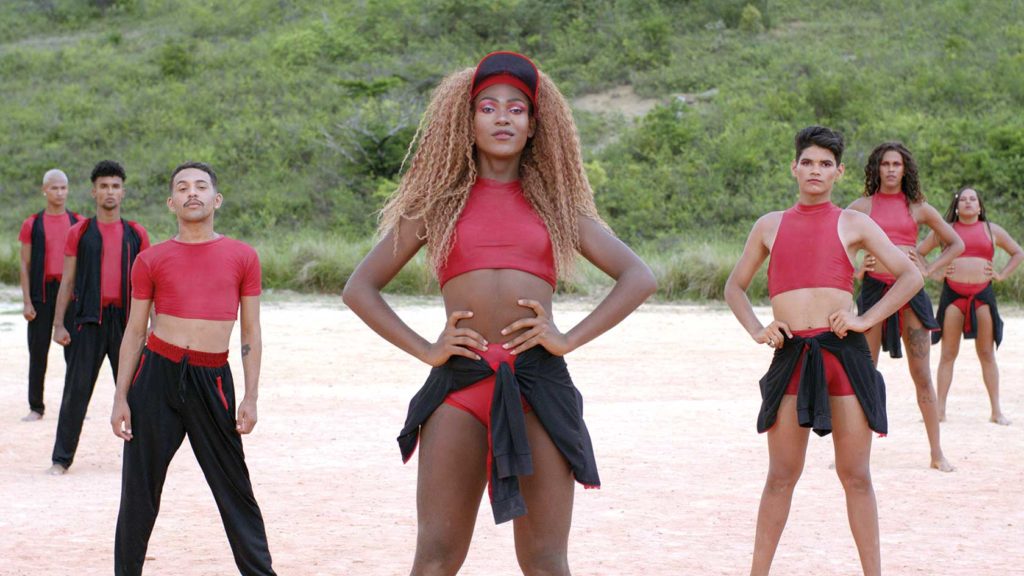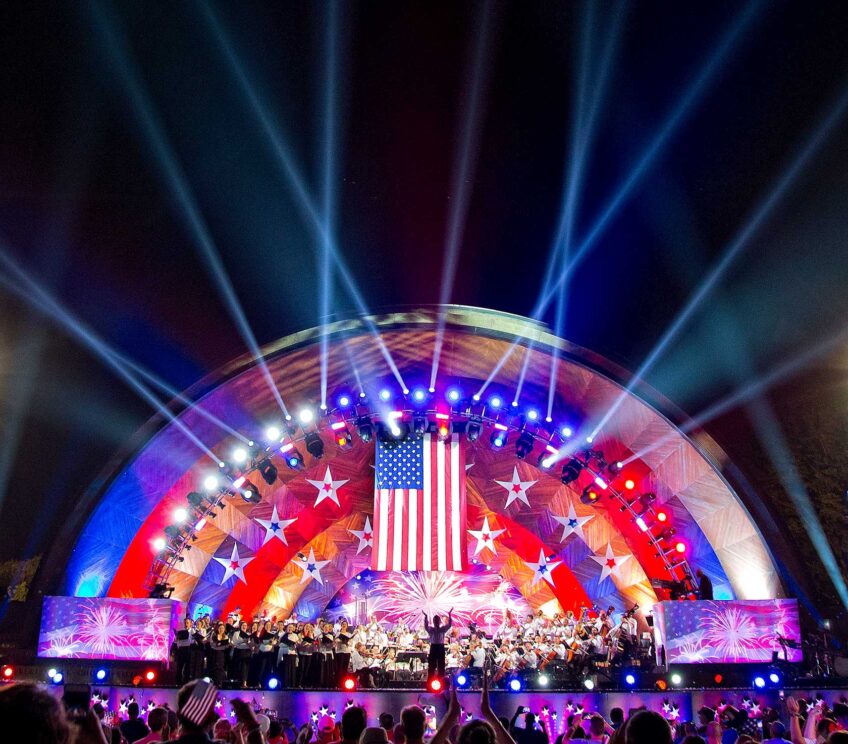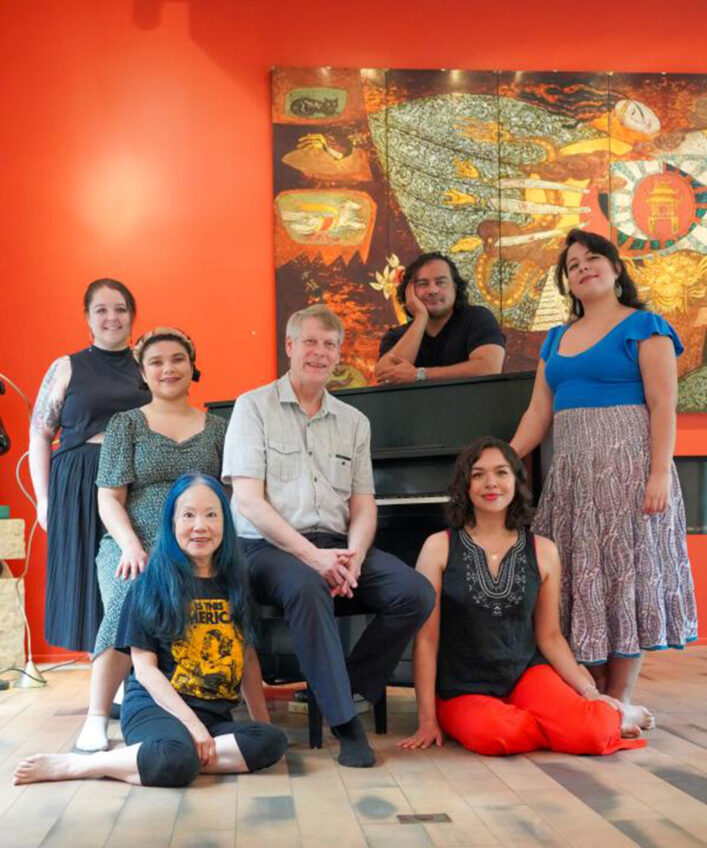Claiming their space through dance
‘Swinguerra’ highlights queer Brazilian dancers

With steady beats and swaying hips, the immersive video installation “Bárbara Wagner & Benjamin de Burca: Swinguerra” opens at the ICA Boston on March 31. The 21-minute film piece follows competitive dancers near Recife, Brazil, particularly celebrating transgender and nonbinary dancers of color. Part documentary, part performative narrative, “Swinguerra” addresses the political as much as it highlights aesthetics and choreographic skill.
“’Swinguerra’ explores how these performers use dance and music to create spaces of representation and resistance within larger political systems,” says Anni Pullagura, curatorial assistant at the ICA and the organizer of the exhibition. These performers are physically making space for themselves innately when they dance, and by embracing and uplifting their queer identities they make metaphorical space for themselves within a rigid societal system.
Three dance troupes are highlighted in the film, and they blend three distinct styles in their choreography: swingueira, brega funk and passinho da maloca. These styles include contemporary elements like twerk and hip-hop movements, but they have roots in Brazil’s colonial history, when enslaved peoples would use dance and music to politically organize under oppressive regimes without raising suspicion. The film’s title fuses the dance style “swingueira” with “guerra” the Portuguese word for war. Here, as in history, art is both weapon and healer.

“Bárbara Wagner and Benjamin de Burca, Swinguerra” (still), 2019. General Acquisition Fund, Fotene Demoulas and Tom Coté Art Acquisition Fund and Anonymous Art Acquisition Fund. IMAGE: COURTESY THE ARTISTS AND FORTES D’ALOIA & GABRIEL, SÃO PAULO AND RIO DE JANEIRO. © BÁRBARA WAGNER AND BENJAMIN DE BURCA
“The artists’ practice is rooted in a philosophy of collaboration. They frequently work over several years on a project with both the subjects of their films and with colleagues,” says Pullagura. “The collaborative nature of their work means they are very intentional about letting people speak and perform for themselves, foregrounding a celebration of self-possessed knowledge and agency.”
Wagner and de Burca do this by allowing the dancers’ choreography to speak for itself. Though the filmmakers are the conduits through which these artists’ stories are told, the artists themselves have agency over the narrative. This approach also allows the filmmakers to call into question surveillance and visibility in an increasingly interconnected world. Who holds the creative cards — the dancers, the viewers or the filmmakers? Here it is staunchly the dancers, but that power dynamic isn’t always in their favor.
“Swinguerra” debuted in 2019 at the Venice Biennale and this will be its first solo museum exhibition in the U.S. The ICA exhibition runs through Sept. 5. Jill Medvedow, the ICA’s Ellen Matilda Poss director says, “The dance and music performance is both exhilarating and a necessary perspective on contemporary Brazilian culture during a time of substantial social and political tension.”







